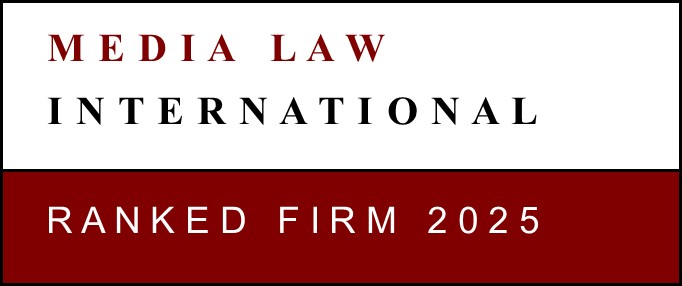by Oana Strătulă (Partner)
The obligation to pay the claw-back tax was introduced in Romania, for the first time, in 2009, and it referred to the obligation of the medicines’ producers to pay a quarterly contribution for reimbursed medicines. Taking into account that in Romania the total quarterly consumption of reimbursed medicines is much higher than the approved budget for this type of medicines, the value of claw-back tax is considered by the drug producers as being very high and therefore, difficult to bear by them1.
How is the claw-back tax calculated?
From the first quarter of 2012, a new calculation formula for the claw-back tax has been used, on the basis of an Emergency Ordinance amending Ordinance 77/2011. The claw-back tax includes two-thirds of the producer’s market share and one-third of the manufacturer’s growth in sales. The quarterly drug sales of an individual manufacturer itself covered by the National Unique Social Health Insurance Fund (FNUASS) and by the Health Ministry are settled by the CNAS.
What are pharma companies’ objections to the claw-back tax?
In 2012 the claw-back tax rate was 22%, which led medicine manufacturers to the conclusion that its purpose is not to control excessive market growth, as would be normal, but to completely cover the healthcare budget deficit.
Another reason for their dissatisfaction is the fact that the tax is payable only by drug producers and is not shared by the whole distribution chain (from producers to pharmacies). Moreover, it is calculated by reference to the selling price of medicines in pharmacies, which also includes the mark-ups added to the original price by wholesalers and pharmacies, and hence drug producers end up paying a tax on incomes that they have not collected.
What is more, Government Emergency Ordinance 77/2012 illegally provided that the figure for drug sales on the basis of which the claw-back tax is calculated also includes VAT,vwhich has prompted some drug producers to invoke exemption on the grounds of the unconstitutionality of this legal provision. ThevConstitutional Court of Romania found that the claw-back tax represents a percentage not only of the price of the medicine itself, but also of the value-added tax on the medicines, which equates to a tax on another tax.Consequently, since taxes and dues may be imposed only on incomes or assets, and not on other taxes, the Court decided that applying the claw-back tax on another tax is contraryto the constitutional provisions of fiscal duty.
For this reason, the Constitutional Court decided that inclusion of VAT in the total sales value of medicines in relation to which the claw-back tax is calculated is unconstitutional. The decision of the Constitutional Court is binding.
In spite of all the flaws reported by the drug producers, the claw-back tax continues to apply and the sanction for not paying it is the exclusion of medicines for which payment is not made from the list of reimbursed medicines.
1.This article was first published on October 30, 2013, in the PMR biweekly news review Central Europe Pharma News (Issue No. 22)
You can download this article in PDF format below
Why do pharmaceutical companies in Romania oppose the claw-back tax






